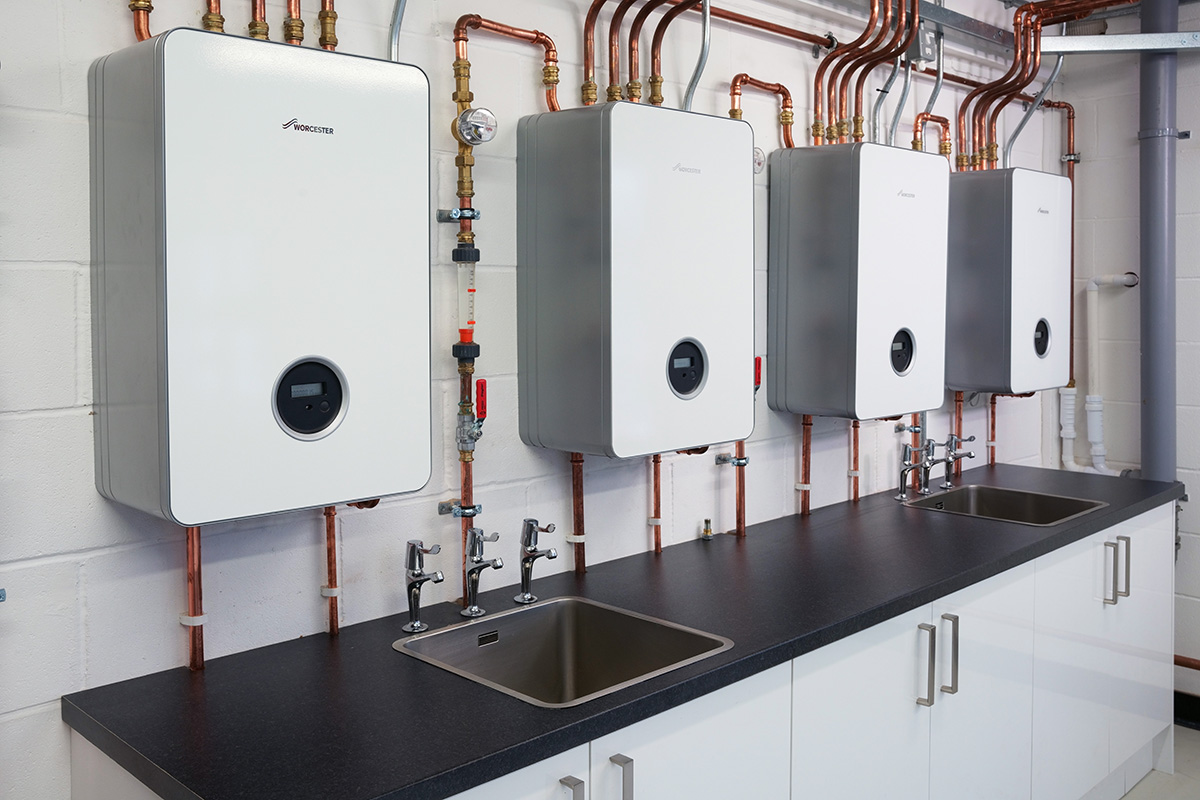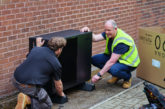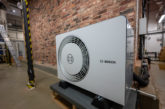
Martyn Bridges, Director of Technical Services at Worcester Bosch, dives deeper into heat network technology and where it will be deployed on the road to net zero.
One of the technologies that the government want us to transition to for the net zero carbon agenda is heat networks.
They have stated that they would like to see around 20% of all homes in the UK use a heat network system (or as part of a larger district heating network) well in advance of the 2050 net zero target. We believe this is a highly ambitious figure and unlikely that existing homes will be connected to such a system in these sorts of volumes.
Looking closer at functionality
District heating systems are a very popular form of technology and common in high density housing, apartment blocks and multi occupancy buildings. Within each apartment or housing unit, even if they are adjacent, is a heat interface unit, which takes hot primary water from large calorifiers typically stored in the basement of an apartment block, heating the domestic water instantaneously, and dealing with the central heating system in each apartment.
Within the Heat Interface Unit, (HIU), there are heat meters that are measuring how much heat each apartment is taking from the central calorifier or tank, and how much they are using, and then billed accordingly.
The technology itself is quite agnostic or impartial on what fuel is used. At present heat networks are mostly run off a gas-fired boiler system, which of course isn’t good enough or won’t get us to the net zero carbon target.
In plans we have seen, it suggests that a property which is part of a heat network system, would be classified as net zero carbon ready. With this, the property owners or owners of the Heat Network System would be given a period of time to convert the way they heat the calorifier of hot water to a net zero carbon methodology.
Where do we go from here?
It is likely at present that a gas fired heat network system will move to something like a heat pump or solar thermal or even waste industrial heat, which is happening in a small amount of cases in certain parts of London.
Gas fired heat network systems are a very popular and common system particularly in Eastern Europe and awareness is growing in the UK too. They are very difficult to retrofit into existing properties, but for brand new projects and properties they certainly have a role in the market.
Recently there has been some bad news surrounding heat networks, where it was discovered that Ofgem don’t have any authority or control of the supply of heat. They do have authority over the supply of gas and electricity, but not over heat.
In the Queen’s Speech, and legislation connected to the Queen’s Speech, it was stated that Ofgem will be given the authority to manage the cost of this district heat and how much each occupier and tenant will have to pay towards this. This is looking to be capped or limited to ensure that homeowners are not unduly charged.
In summary, the future is looking pretty rosy for district heating and we are seeing projects and cities all over the country actually investing in such types of installations, which is promising both for the industry and the future of it.













